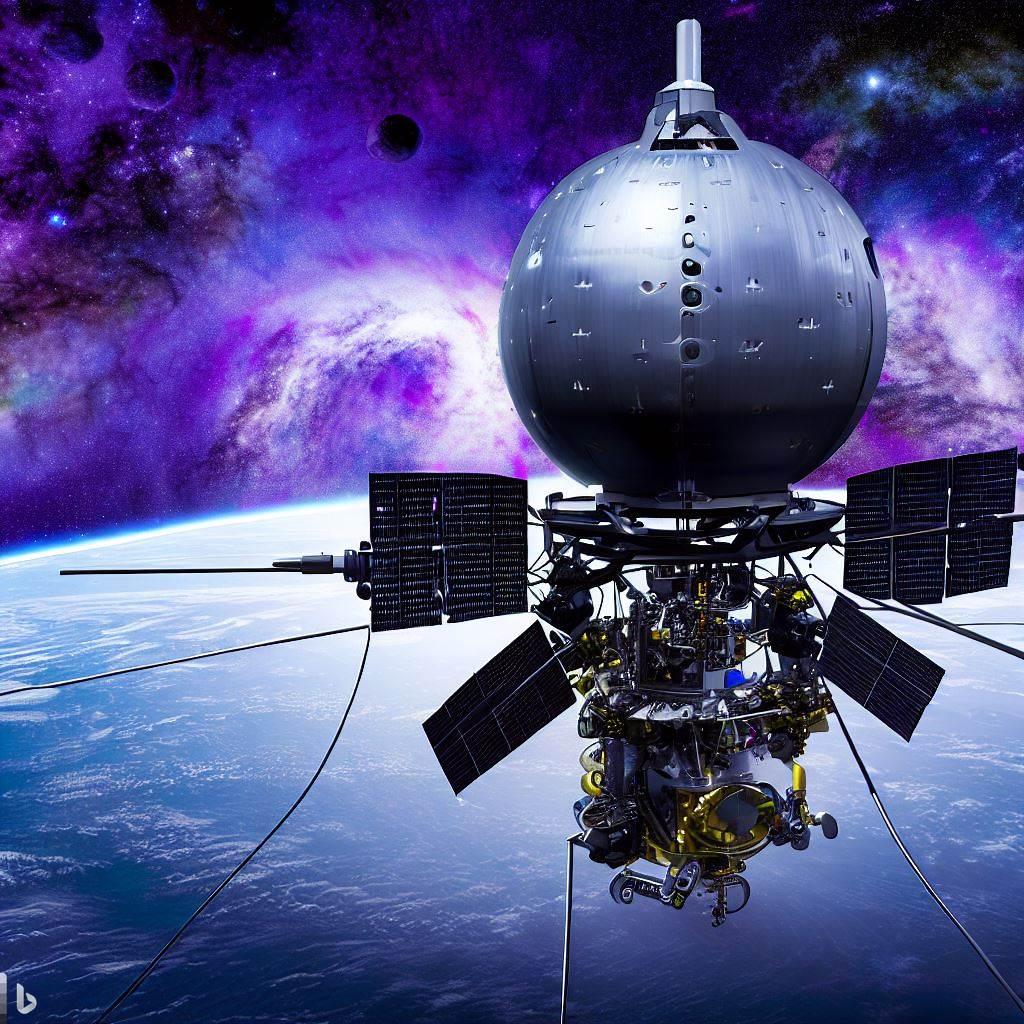NASA’s Scientific Balloon Program is set to make waves once again as it kicks off its annual fall balloon campaign. The campaign, hosted at NASA’s balloon launch facility in Fort Sumner, New Mexico, will see the launch of eight scientific balloons carrying a diverse range of experiments and technology demonstrations. Scheduled from mid-August through mid-October, these flights are poised to support 16 missions across various fields, including astrophysics, heliophysics, and atmospheric research.

The Fort Sumner Campaign: A Cornerstone for NASA’s Balloon Program
The Fort Sumner campaign holds a special place within NASA’s Balloon Program operations. According to Andrew Hamilton, the acting chief of NASA’s Balloon Program Office, “The annual Fort Sumner campaign is the cornerstone of the NASA Balloon Program operations.” This campaign not only facilitates the launch of a large number of missions but also serves as a foundational phase for follow-on missions launched from long-duration facilities in Antarctica, New Zealand, and Sweden.
Fort Sumner offers a prime training ground for student-based payloads, allowing budding scientists and engineers to gain hands-on experience in preparing and launching scientific experiments. This year’s campaign will see the return of several key missions, including the EXCITE (Exoplanet Climate Infrared Telescope) mission.

EXCITE Mission: Probing the Atmospheres of Distant Worlds
One of the highlights of this year’s fall campaign is the return of the EXCITE mission, led by Peter Nagler from NASA’s Goddard Space Flight Center. EXCITE is designed to study the atmospheric properties of Jupiter-type exoplanets from near space. The mission was originally set to launch during the 2023 campaign, but weather conditions forced a delay.
This year, the EXCITE team is bringing a more advanced instrument to Fort Sumner. “The whole EXCITE team is looking forward to our upcoming field campaign and launch opportunity from Fort Sumner,” said Nagler. “We’re excited to prove EXCITE from North America before we bring it to the Antarctic for our future long-duration science flight.”

Testing the Future: Salter, HASP, and TIM Missions
The fall campaign also includes a diverse array of test flights and technology demonstrations, such as the Salter Test Flight. This flight aims to verify system designs and support smaller payloads on what are known as piggyback missions. These smaller payloads often test new technologies or carry out preliminary scientific experiments that can pave the way for future missions.
Additionally, the campaign will feature two High-Altitude Student Platform (HASP) missions. HASP 1.0 supports up to 12 student payloads, playing a crucial role in training the next generation of aerospace scientists and engineers. Meanwhile, HASP 2.0 will be an engineering test flight of an upgraded gondola and systems, aiming to double the carrying capacity of student payloads.
The TIM Test Flight (Terahertz Intensity Mapper) is another notable mission this year. TIM will study galaxy evolution and the history of cosmic star formation, contributing valuable data to our understanding of the universe.

Innovative Projects: THAI-SPICE, TinMan, and Technology Demonstrations
The THAI-SPICE (Testbed for High-Acuity Imaging – Stable Photometry and Image-motion Compensation Experiment) project aims to build and demonstrate a fine-pointing system for stratospheric payloads with balloon-borne telescopes. This innovation is expected to significantly improve the quality of astronomical observations conducted from high altitudes.
Another exciting mission is TinMan, a hand-launch mission featuring a 60-pound payload designed to help better understand how thermal neutrons may affect aircraft electronics. This data could be vital for improving the safety and reliability of electronic systems used in aviation.
The fall campaign will also include eight piggyback missions designed to support both science and technology development. Among them are three technology demonstrations led by NASA’s Wallops Flight Facility in Virginia. These demonstrations include CASBa (Comprehensive Avionics System for Balloons), DINGO (Dynamics INstrumentation for GOndolas), and SPARROW-5 (Sensor Package for Attitude, Rotation, and Relative Observable Winds – Five). These projects aim to enhance the capabilities of future NASA balloon missions.

The Science Behind Zero-Pressure Balloons
Zero-pressure balloons, the workhorses of this campaign, are designed to maintain thermal equilibrium with their surroundings during flight. This design allows the balloons to maintain a zero-pressure differential, with ducts that release gas to prevent an increase in internal pressure as they rise above Earth’s surface.
These zero-pressure balloons are particularly well-suited for short, domestic flights like those in this campaign. However, for long-duration missions in polar regions where the Sun does not set, the balloons can avoid the altitude changes caused by the day-to-night cycle, making them ideal for missions in places like Sweden or Antarctica.

The Bigger Picture: NASA’s Balloon Program
NASA’s Wallops Flight Facility in Virginia oversees the agency’s Scientific Balloon Program, conducting 10 to 15 flights annually from launch sites around the globe. The Columbia Scientific Balloon Facility (CSBF) in Palestine, Texas, operated by Peraton, provides mission planning, engineering services, and field operations for the program. Over the past 40 years, the CSBF team has launched more than 1,700 scientific balloons, contributing to groundbreaking discoveries across various scientific fields.

Conclusion: Looking to the Skies for Answers
NASA’s 2024 Fort Sumner fall campaign represents a significant chapter in the ongoing exploration of our universe. By launching these eight scientific balloons, NASA continues to push the boundaries of knowledge in astrophysics, heliophysics, atmospheric research, and beyond. With each mission, from EXCITE’s exoplanet studies to the innovative technology demonstrations, NASA’s Balloon Program is not only advancing science but also training the next generation of explorers who will carry forward the torch of discovery.
For real-time updates on the missions, including the altitudes and locations of the balloons during flight, follow the progress on NASA’s Columbia Scientific Balloon Facility website.









Add a Comment: